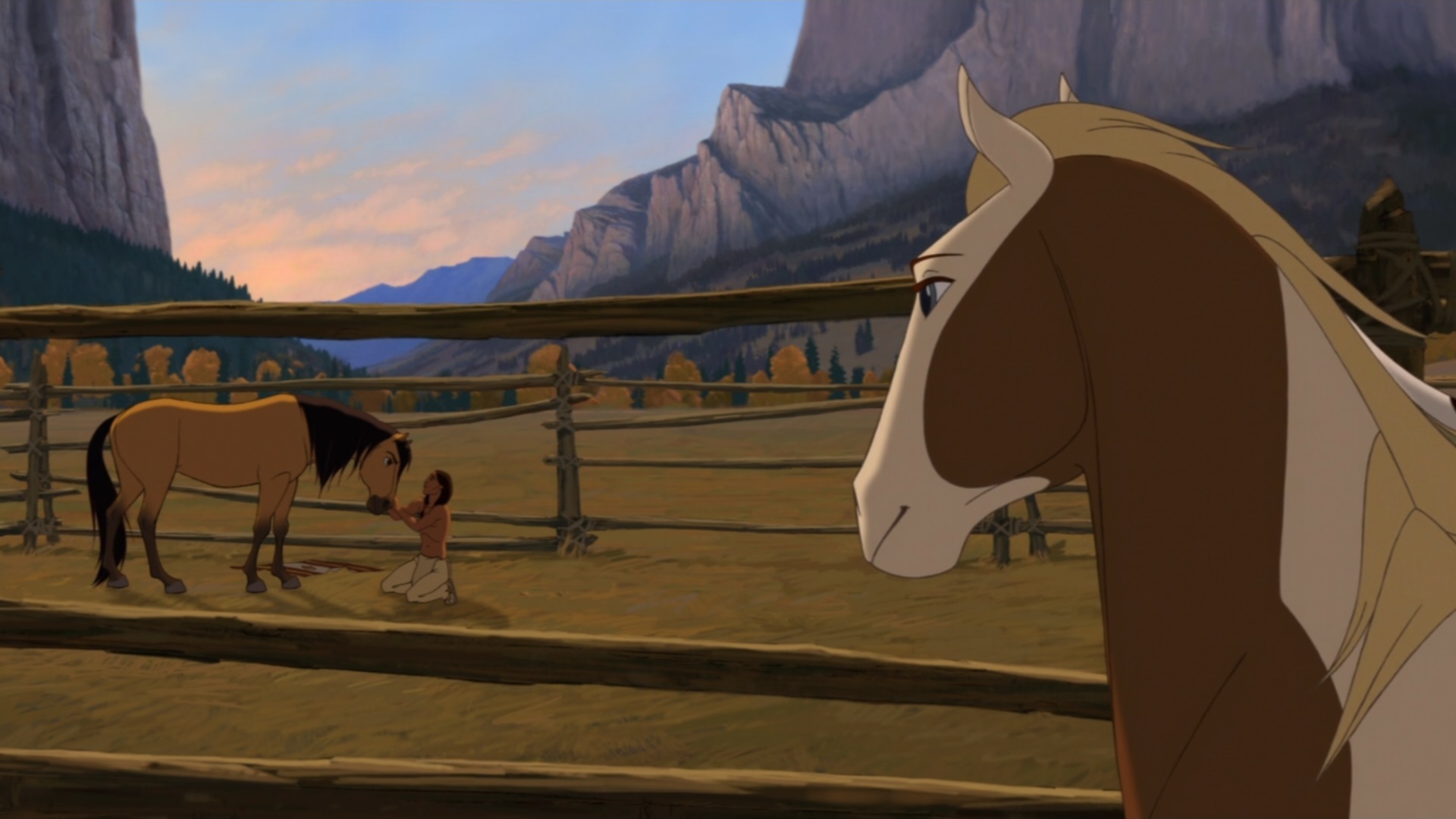

This “plasticity” makes the brain very adaptive in terms of neuronal connections, so it can create synapses, destroy them, strengthen them, or weaken them depending on the type of exercises we do. Still, these same exercises do influence one of the most important characteristics of our brain: neuroplasticity. Our brain is machinery that works in a rather curious way since most exercises do not represent a real improvement in the intellect.
#Best thinking games for mac code#
The game was reviewed using a final “retail” Switch download code provided by the developer.
#Best thinking games for mac windows#
In a moment where so many games demand all of my time, a game that excels in the time it’s not being played feels audacious.īaba Is You is available March 13 on Linux, Mac, Nintendo Switch, and Windows PC. It’s selfless in a way, a game that lets you bend its rules to appreciate the rules in everything else. I plan to make my way to the finish line, not just because it’s a great game - and it is! - but because its obsession with rules has me rethinking the rules in every other game I love. The game has over 200 puzzles, and I’m roughly 50 deep. It's easier to scrap all my tired video game instincts when I’m away from it. And that sort of reprogramming of my brain, oddly enough, happens best when the game is turned off. I’m not trying to master the rules I’m trying to manipulate them.īaba Is You asks me to toss my assumptions about how rules in video games work, to analyze how and why they exist in the first place. And when I come back, voilà: An impossible puzzle suddenly seems simple because I’m not thinking about beating a video game. I take a break to wash some dishes, or read a book, or go to bed every time a puzzle stumps me. I’m best at Baba Is You when I’m not actually playing it. Watching that video, playing this game, rules suddenly do seem fun. The closest comparison is this video of NFL players and coaches exploiting an exhaustive and opaque rulebook in real time. But solving a puzzle in Baba Is You elicits a different kind of pleasure. Puzzle games give me that burst of mental achievement, as if I’m the smartest person on the planet if only for a second. If I rearrange the stage’s rules to read “Water Is Sink And Float,” the deadly river will float above my head, allowing me to scamper beneath it to the flag on the other side. On my side of the river are the words “Water Is Sink” and “Rock Is Push And Float.” I can’t push the rock because it’s literally floating in the air. Say that a deadly river separates me from the victory flag. Here’s a made-up example using the game’s language: In making the rules both visible and malleable, it’s encouraged me to begin questioning all the assumptions I bring to the table when playing games. Or I can modify the rules written on the stage to complete the puzzle another way entirely.īaba Is You turns this game design subtext into actual text by putting the rules on the screen and allowing me to repurpose them.

And since the Flag Is Win, I can touch the flag to complete the stage. Since Rock Is Push, the bunny can push aside the rocks. Since “Baba Is You,” I can control the bunny. Also on the stage are its rules: Baba Is You, Flag Is Win, Wall Is Stop, Rock Is Push.

They are separated by three rocks and sandwiched between two stone walls. In the first stage, we see a white rabbit - the baba - and a yellow flag. We can work through this one together slowly. To solve each puzzle, I must change the preset rules of the stage by rearranging the words to create new rules altogether. In the new puzzle game from Arvi “Hempuli” Teikari, the rules exist literally within its world, ready to be remixed.Įach stage is a small 2D space containing a variety of objects and characters, along with corresponding words that describe the rules of the puzzle. Every video game has its own rules, but in the case of Baba Is You, the rules are the game.


 0 kommentar(er)
0 kommentar(er)
